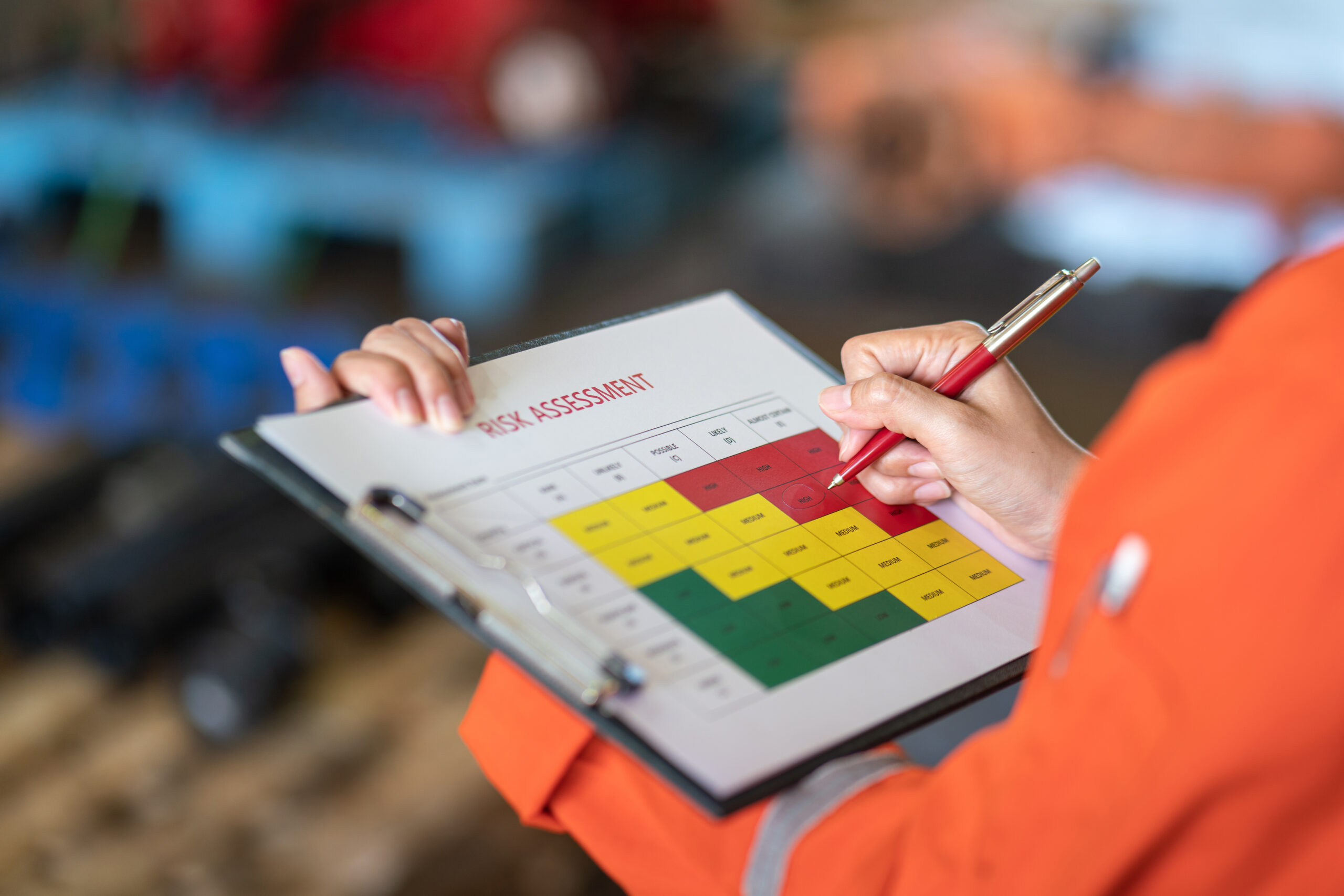“The future is not something we enter. The future is something we create (Leonard I. Sweet)”
The same is true for compliance. We never just “achieve” compliance and forget about it. It’s something we must constantly work towards monitoring and improving while adapting to an ever-changing regulatory landscape. This is why it’s critical to future-proof our compliance programs.
Project Compliance Software is a key component of any high-risk project. Included within the sphere of “project compliance” includes the project’s ability to report on the capability of its workers.
Strategies to Safeguard Project Progress and Compliance in High-Risk Industries
Workers include anyone working on the project, whether they are employees or contractors. Therefore, a company’s “Workforce Competence” is an area of high-risk for projects to continue moving forward. If an Auditor is looking for areas of non-compliance, your project and company needs a strategy in place to assure compliance and pass regulatory audits to avoid costly work disruptions. Here are six key strategies companies in high-risk industries can employ to future-proof the structure, management, and reporting of their compliance programs:
- Develop a strong compliance culture: The first step is to build a culture of compliance within the organization. This can be achieved by clearly communicating the importance of compliance to all employees, providing regular training and education, and ensuring that compliance is integrated into all aspects of the business.
- Conduct regular risk assessments: Conducting regular risk assessments can help identify potential compliance risks and vulnerabilities, allowing the company to take proactive measures to mitigate these risks before they become problems.
- Stay up to date on regulatory changes: High-risk industries are often subject to frequent regulatory changes. It’s important for companies to stay informed about these changes and adjust their compliance programs accordingly.
- Invest in compliance technology: Technology can play a key role in future-proofing compliance. By investing in compliance management software and other technology solutions, companies can streamline their compliance processes, automate reporting, and reduce the risk of human error.
- Engage with regulators: Building positive relationships with regulatory agencies can help companies stay informed about changes in regulations and compliance requirements, as well as demonstrate a commitment to compliance.
- Conduct regular internal audits: Regular internal audits can help identify areas of non-compliance or potential compliance risks, allowing the company to take corrective action before any issues arise.
Embrace the Future of Compliance
Compliance is not a destination, it’s a journey. And like any journey, it’s important to be prepared for the unexpected. That’s why it’s so important to future-proof your compliance program. By doing so, you can ensure that you are always prepared for whatever the future may hold. Contact us today to talk about how we have helped numerous industry leading companies secure their compliance future with Project Compliance Software.


